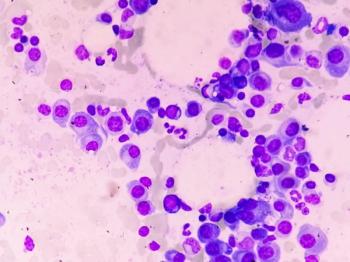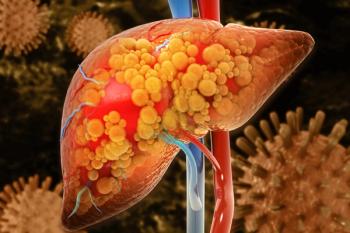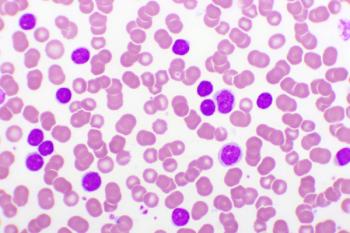
Investigators believe the SWIFT-seq system holds potential to replace more invasive bone marrow biopsies.
Jared is a freelance writer for The American Journal of Managed Care® (AJMC®), and previously worked as a senior editor for HCPLive® at MJH Life Sciences®.
He has an MA from University of Sioux Falls. You can connect with Jared on LinkedIn.

Investigators believe the SWIFT-seq system holds potential to replace more invasive bone marrow biopsies.

Patients reported quality-of-life benefits from treatment for nonsegmental vitiligo, even when clinical improvement started slowly.

Patients with chronic lymphocytic leukemia (CLL) had significantly lower monocyte-to-lymphocyte ratio values compared with healthy controls.

Patients with alopecia universalis and alopecia totalis are at a particularly high risk of cardiovascular disease, a new study has found.

Patients with myeloproliferative neoplasms (MPNs) appear to be at a higher risk of heart failure and pulmonary hypertension, though more research into the links is needed.

Telomere length can be used in the diagnosis of interstitial lung diseases like idiopathic pulmonary fibrosis, but it likely also has therapeutic implications, according to a new report.

The newly developed model has an area under the curve of 0.807 for predicting progression-free survival.

Both systemic sclerosis and systemic lupus erythematosus have down-regulated RGS5, but they also have distinctive genetic expression profiles.

Early identification of multiple myeloma could help clinicians intervene more swiftly.

The use of retinal images can help investigators noninvasively identify chronic kidney disease and assess patient prognosis.

Patients with idiopathic pulmonary fibrosis are at a higher risk of certain cardiovascular diseases.

The QRISK3 assessment is designed for the general population, but it appears to also have utility in patients with essential thrombosis and polycythemia vera.

Pirtobrutinib had a nominally superior overall response rate compared to ibrutinib in certain patients with chronic lymphocytic leukemia (CLL) or small lymphocytic lymphoma (SLL).

The trial is one of 2 phase 3 studies of upadacitinib in patients with severe alopecia areata.

Patients with extramedullary disease had inferior progression-free survival.

Janus kinase inhibitors can be paired with corticosteroids or used as monotherapy in the treatment of alopecia areata.

Proceeding with hematopoietic stem cell transplantation (HSCT) is more cost-effective than delaying the procedure in patients with intermediate-risk acute myeloid leukemia (AML).

TACE combined with SBRT enhanced survival rates in patients with large hepatocellular carcinoma tumors, offering promising treatment insights.

A retrospective analysis found whole brain radiation therapy alongside immune checkpoint inhibitors led to “brilliant” 2-year overall survival rates.

Factors such as age, smoking status, and body mass index can help clinicians predict a patient’s risk of 30-day mortality.

Investigators found certain classes of prescriptions were also associated with outcomes, though they do not believe the association is necessarily a causal one.

TP53 mutations can have a significant impact on the prognosis of diseases like chronic lymphocytic leukemia, but their effect can vary based on numerous factors.

New data show midkine expression is heightened in small cell lung cancer, suggesting the growth factor may be an important therapeutic target.

Thirty-six immune cell phenotypes were flagged as having an association with idiopathic pulmonary fibrosis (IPF).

Switching to venetoclax led to sustained high rates of undetectable minimal residual disease, the investigators found.

The research showed that certain females—but not males—were at a higher risk of anxiety and depression.

Investigators found that Janus kinase inhibitors were effective in a dose-dependent manner.

Of 14 metabolites identified, 2 appeared to have “robust” causal relationships with idiopathic pulmonary fibrosis.


Older patients with small cell lung cancer and significant weight loss were more likely to experience dose interruptions than patients with cachexia.

259 Prospect Plains Rd, Bldg H
Cranbury, NJ 08512
© 2025 MJH Life Sciences®
All rights reserved.
